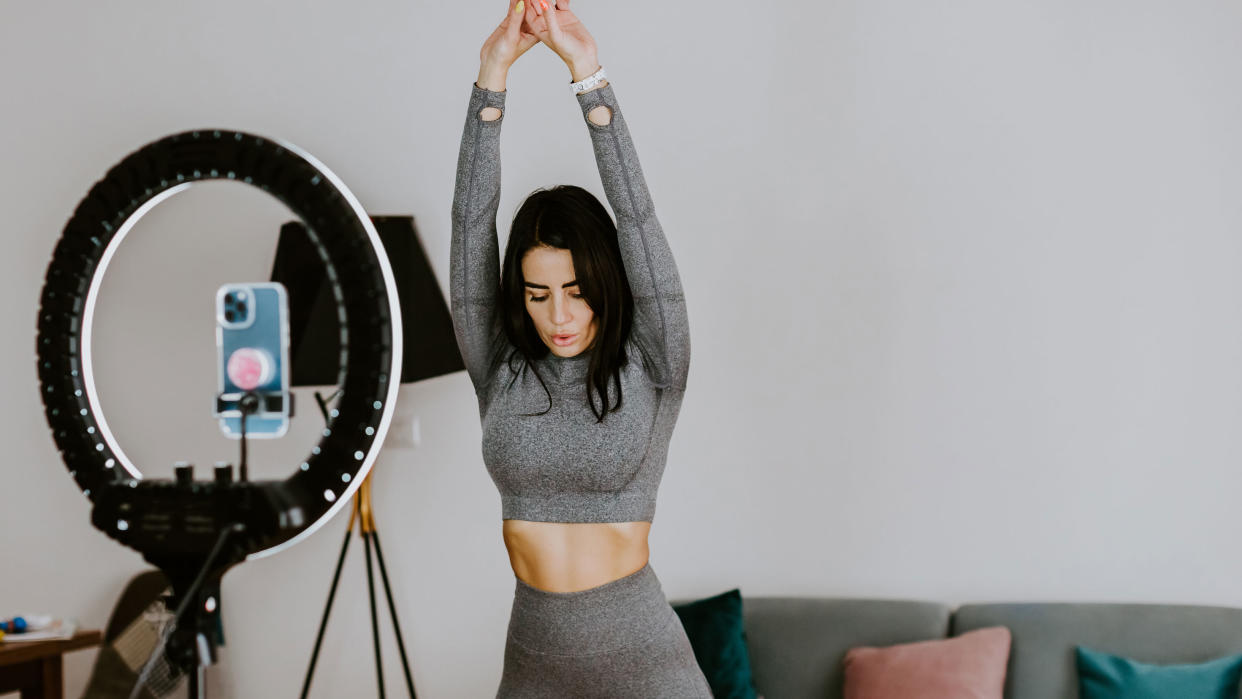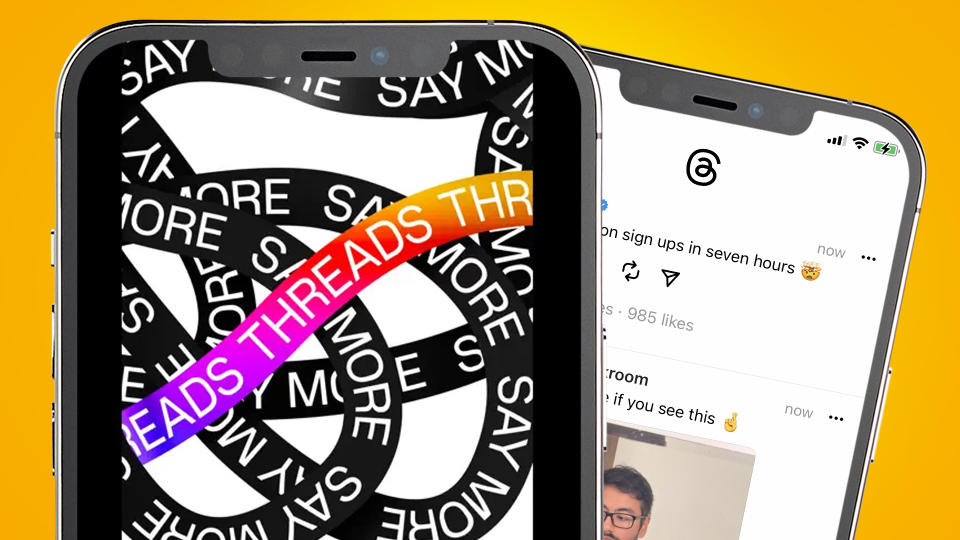Threads could do what Instagram couldn't – and cut through toxic fitness culture

Instagram is full of fitness content. If you’ve ever looked at athletics content online, web cookies ensure that you probably can’t scroll through your Instagram without seeing someone striking a yoga pose on a beach, snapping a progress pic, or hawking supplements and training courses (more often as not, unqualified Instagram models).
Whether you’re a seasoned fitness enthusiast and regular peruser of our best running watch buying guide, a die-hard Peloton Bike junkie, or a fitness beginner who enjoys scrolling through gymstagram and TikTok to get inspired; you, like me, are no stranger to toxicity in the fitness community.
For years, images have been filtered and doctored to give the false appearance of the perfect body. Bodybuilders and actors pump themselves full of steroids and tell us we can achieve their results naturally, as long as we follow their workout programs or buy their supplements.
Fitness Instagram is quick weight loss advice completely lacking in nuance; gymgoers claiming you’re “not a real X unless you can lift/run/complete Y;” heated arguments about bogus sports science; teens glorifying steroid and SARMS use, and promoting potentially dangerous exercises; not to mention the psychological damage done to impressionable young people by staring at unrealistic body after unrealistic body, all of which is made to seem the norm.
In the journal Physical Culture and Sport, one study states “research demonstrates that, for many, viewing and engaging in this behavior is linked to a deterioration of body-image, general self-perception and mental well-being”.
In short, social media fitness, especially Instagram fitness, is in a pretty bad place. People have mastered using the algorithm to use artificially-generated gotcha videos and sexy pics to sell absolute nonsense to an audience just looking for self-improvement content. The few people who genuinely want to help their followers to become healthier will post quality information with nuance and restraint, but almost all of it gets lost in the noise of more engaging, less useful posts.
It's a shame, because there are some creators who are doing excellent work and spreading great information, encouraging people to get out there and work out. But often, their message is simply drowned out in the storm.
A roadmap to change

Threads represents a fresh start for everyone, especially the fitness industry. The prediction is Threads will be the Twitter clone to take off (sorry, BlueSky) due to its ties to Instagram: the ability to follow everyone you previously followed on Instagram, rather than starting from scratch, means that most people will quickly establish their follower base.
This means the fitness community stays in touch and retains its identity, but on a new platform devoid of the last ten years of entrenched algorithmic development. Its Twitter-like interface offers as much focus on text as it does on images, so even though image sharing will still inevitably be a big part of how Threads works, it will no longer be the only way to get attention.
People will have to have something to say, and if what they’re saying is mostly pseudoscience and affiliate links to supplements and workout programs, I hope people will tune out in favor of creators who offer genuine advice.
This is a rare opportunity: a clean slate for the Instagram fitness community. Problem influencers will retain at least some of their follower base, but on clean channels, and it’ll take time for the shysters to figure out how best to sell their products on this new platform.
Images, which can easily trick, are not the sole currency of information on Threads. Twitter has never been really big for fitness stuff in the same way the reel and image-focused Insta and TikTok have become, but because the platform is tied to Instagram, I get the feeling fitness junkies will be more active on Threads than Twitter.
I hope this represents a fresh start for social media fitness: one that’s less image-obsessed and willing to grift people looking for health advice, and one more focused on discourse and sharing information. It certainly can’t be worse than my first foray into fitness TikTok.